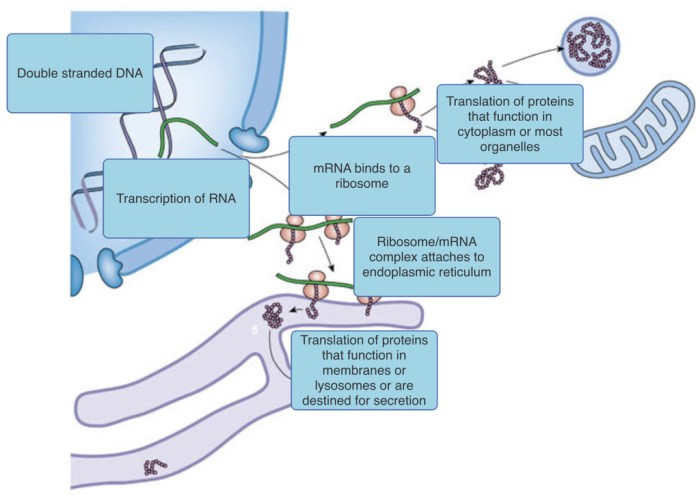Embarking on an exploration of art labeling activity the process of translation, this discourse delves into the intricacies of conveying an artwork’s essence through the written word. Art labeling serves as a crucial bridge between the artist’s intent and the viewer’s understanding, presenting a multifaceted process that demands precision, sensitivity, and a deep appreciation for the nuances of both language and art.
The subsequent paragraphs will dissect the methodologies and best practices employed in art labeling, showcasing examples of effective implementation and examining the impact of well-crafted labels on visitor engagement. Furthermore, the discussion will venture into the future of art labeling, exploring emerging technologies and their potential to revolutionize the way we experience and interpret art.
Art Labeling Activity: The Process of Translation

Art labeling is a critical practice in the art world that involves translating the meaning and significance of an artwork into accessible language for visitors. This process plays a vital role in enhancing the visitor’s understanding, appreciation, and engagement with the artwork.
The translation process begins with a thorough analysis of the artwork, considering its visual elements, context, and the artist’s intent. Curators and art historians work collaboratively to develop labels that accurately convey the artwork’s message and historical significance. The challenge lies in finding the right balance between providing sufficient information without overwhelming the visitor with unnecessary details.
Methods and Procedures for Art Labeling
There are various methods and procedures employed in art labeling, each with its advantages and disadvantages. Text-based labels provide concise written descriptions, while image-based labels incorporate visual aids such as photographs or diagrams to illustrate the artwork’s details. Interactive labels utilize technology to offer additional information, videos, or audio recordings.
The choice of labeling method depends on the nature of the artwork, the target audience, and the available resources. Curators must carefully consider the effectiveness and accessibility of each method to ensure that the labels enhance the visitor’s experience.
Examples of Effective Art Labeling
Well-executed art labeling showcases the artwork’s message effectively. The labels use clear and concise language, avoiding jargon or overly technical terms. Visual elements, such as images or diagrams, are incorporated to complement the written text and provide additional context.
Interactive labels offer an immersive experience by allowing visitors to engage with the artwork on a deeper level. They can access additional information, view related videos, or listen to audio recordings that provide insights into the artist’s creative process and the artwork’s historical significance.
Best Practices for Art Labeling, Art labeling activity the process of translation
Creating informative and engaging art labels requires adherence to best practices. Labels should be clear, accurate, and accessible to a diverse audience. They should be written in a concise and engaging style, avoiding excessive or overly technical language.
Visual appeal is also crucial. Labels should be visually appealing and easy to read. The use of high-quality images, appropriate fonts, and a logical layout enhances the visitor’s experience.
Case Studies of Art Labeling Projects
Case studies of successful art labeling projects provide valuable insights into the strategies and techniques that enhance the visitor experience. Museums and galleries that have implemented effective labeling systems have reported increased visitor engagement, improved understanding of the artworks, and higher levels of satisfaction.
These case studies demonstrate the transformative power of well-designed art labels in creating a more immersive and meaningful museum experience.
Future Trends in Art Labeling
The future of art labeling holds exciting possibilities with the advent of emerging technologies. Artificial intelligence (AI) can assist in providing personalized recommendations and tailored content for visitors based on their interests and knowledge level.
Augmented reality (AR) and virtual reality (VR) technologies can offer interactive and immersive experiences, allowing visitors to explore artworks in new and innovative ways. The integration of technology in art labeling promises to enhance the visitor’s engagement and understanding, fostering a deeper appreciation for the art world.
Essential Questionnaire: Art Labeling Activity The Process Of Translation
What is the primary purpose of art labeling?
Art labeling serves to provide viewers with essential information about an artwork, including its title, artist, date of creation, and medium. It also offers insights into the artwork’s context, symbolism, and the artist’s intent.
How can art labeling enhance the visitor experience?
Effective art labeling can significantly enhance the visitor experience by providing a deeper understanding of the artwork and its significance. It fosters a more informed and engaging encounter, allowing viewers to connect with the artwork on a more meaningful level.
What are the key challenges in translating an artwork’s meaning into words?
Translating an artwork’s meaning into words presents several challenges, including capturing the artist’s intent, conveying the artwork’s visual and emotional qualities, and ensuring accuracy and clarity in the written text.

